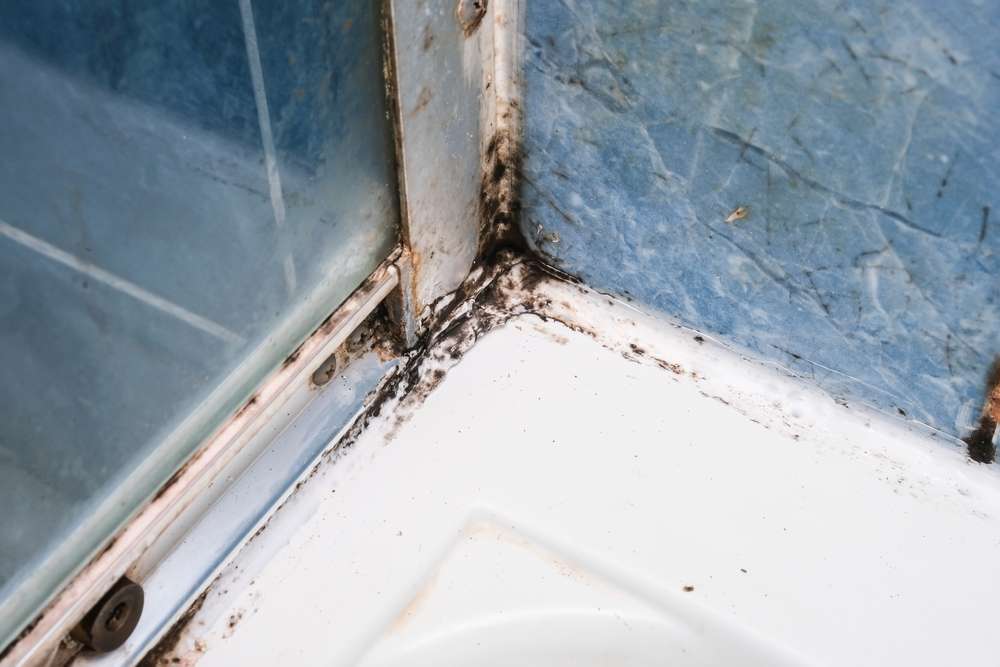Effective Mold Removal for Your Home
Mold in the house is more than an unsightly patch; it signals excess moisture and sometimes hidden water damage that can degrade building materials and reduce indoor air quality. Proper mold removal protects surfaces, prevents spread to other rooms, and helps preserve the value of your home. This article explains common causes, how moisture fuels mold growth, signs to watch for after water damage, when to bring in professionals, and practical prevention strategies for everyday living.

This article is for informational purposes only and should not be considered medical advice. Please consult a qualified healthcare professional for personalized guidance and treatment.
What causes mold in a house?
Mold spores are everywhere, but they only grow where conditions are right: warmth, organic material, and moisture. Common causes inside a house include roof leaks, plumbing failures, condensation on cold surfaces, and poor ventilation in bathrooms or attics. Building materials like drywall, wood framing, and insulation act as food for mold once damp. Understanding the source of moisture is the first step to effective mold removal; removing visible growth without fixing the root cause will typically allow mold to return.
How does moisture lead to mold in your home?
Moisture is the essential trigger for mold growth. Even small, persistent dampness—such as from a slow pipe leak, grout that allows water into wall cavities, or high indoor humidity—can keep surfaces wet enough for spores to colonize. Areas with poor airflow trap moisture and raise relative humidity, increasing risk. Controlling indoor humidity (ideally below 50%), repairing leaks promptly, and improving ventilation are critical preventative measures that reduce the need for extensive mold removal later.
What are signs of mold after water damage?
After water damage, look for visible discoloration on walls, ceilings, and floors, a musty or earthy odor, peeling paint or wallpaper, and recurring condensation or damp patches. Health symptoms such as persistent nasal congestion, coughing, or throat irritation—especially when they subside away from the house—can also be indicators, though they aren’t definitive proof. Hidden mold can occur behind baseboards, inside wall cavities, and under flooring, so a thorough inspection is important when water damage has occurred.
When should you call professional mold removal or local services?
Small, isolated mold spots on non-porous surfaces can often be handled by homeowners with appropriate protective equipment and cleaners. However, call professional local services when mold covers large areas (often defined as greater than a few square feet), when mold is in HVAC systems, when structural components are wet or damaged, or when occupants have significant health concerns. Licensed remediation professionals use containment, air filtration, and safe removal techniques to limit cross-contamination and verify that moisture sources are fixed before finishing repairs.
How can you prevent mold in your home?
Preventing mold focuses on moisture control: fix leaks promptly, use exhaust fans in bathrooms and kitchens, and use dehumidifiers in damp basements. Ensure gutters and downspouts direct water away from foundation walls to avoid groundwater intrusion and water damage. Insulate cold surfaces to reduce condensation and maintain consistent indoor temperatures when possible. Regularly inspect attics, crawlspaces, and plumbing areas for signs of dampness. Simple maintenance and vigilance are often enough to prevent mold growth without professional intervention.
Conclusion
Mold removal is a mix of targeted cleaning, moisture remediation, and ongoing prevention. Identifying the moisture source and addressing it is as important as removing the visible mold to prevent recurrence. Whether you tackle small spots yourself or hire local services for larger or hidden infestations, a clear plan that includes drying, repair, and ventilation will protect both the structure of your house and the comfort of those living in it.






